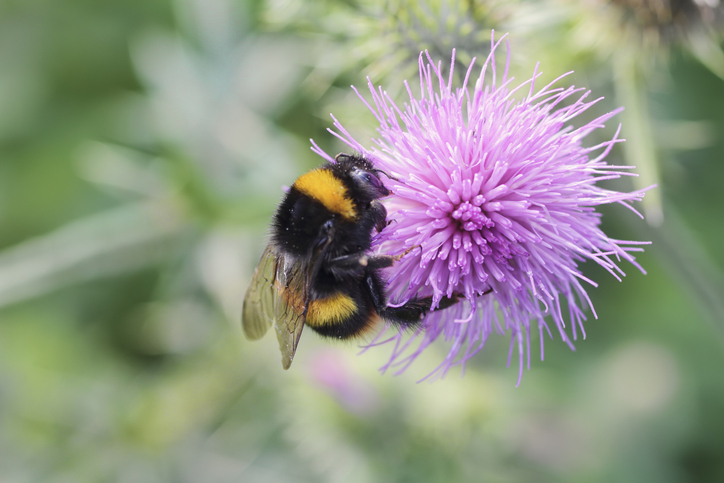Bridging the Gap - Dormouse shelves and other ingenious ways to protect UK wildlife
Leading the charge on matters that are making our hearts melt this week are St Modwen Homes. The UKs collective love for animals is something that can't be denied. These days you can't even scroll 3 posts on any platform without seeing a video or picture of an animal doing something cute - we just can't get enough of these adorable creatures. Just look at Jiffpom. No really. Look. At. Him.

Jiffpom the pomeranian
Last year the British public donated £10 billion to charity with 26% of those donations going towards animal charities - that's a whopping £260 million! The general public aren't the only ones doing their bit for our furry and feathered friends, housebuilders are conscious of the impact their developments could have on local ecosystems. Protecting species and allowing nature to thrive is of particular interest to St Modwens Homes who are implementing 3 innovative methods to safe guard much loved wildlife species across their developments nationwide.
Safe passage for hogs
Following research by the British Hedgehog Preservation Society and the People’s Trust for Endangered Species, which indicates a serious decline in hedgehog numbers across rural and urban areas, St. Modwen Homes has committed to helping hedgehogs travel from area to area, obstruction free. Hedgehogs will have free rein to explore the gardens and green areas of all future St. Modwen Homes’ developments with the introduction of ‘hedgehog highways’. To help relieve any negative impact on local hedgehog populations, St. Modwen Homes is creating small openings in the fences of interconnected gardens within their developments, allowing hedgehogs to move safely through the environment to find food and a mate, a very important step given that hedgehogs need to walk at least a mile or more per night, something that can be pretty tricky when the UKs high garden fences impede them. Typically around 13cm wide, St. Modwen Homes will fix a small sign above the openings so that residents understand the nature of the hole, and also serves as a reminder to keep it free from obstruction.

The European hedgehog
An un-Bee-lievable initiative
Under assault from intensive farming and pesticide usage, the British bee population is facing an unprecedented crisis. They’ve lost much of their natural habitat in the past 60 years – including 97% of wildflower-rich meadows. However, by creating bee-friendly spaces, we can start to replace and restore some of this lost habitat and help Britains bees. St. Modwen Homes has begun to install bee hotels in marketing suites across its developments. The hotels are an ideal refuge for solitary bees and provide a safe nesting space for many pollinating species. Like human hotels, these bee hotels supply accommodation, refreshment and even breakfast. They are also used as breeding places by cavity-nesting solitary bees which naturally nest in hollow stems, earth banks or old beetle holes in dead wood. From spring through summer, different species of bee will hopefully build and lay eggs inside the hotels. They'll add pollen and nectar to feed their larvae and block the entrance to the holes with natural materials. The larvae will feed on the food supply left for them and eventually they will break out as adult bees the following spring or summer.

The humble bee
Protecting our furry tailed friend, the dormouse
Over the last 100 years dormice have declined in numbers and distribution. It is estimated that they have disappeared from about half the places in which they were once found in Britain. St. Modwen Homes' new sustainable and healthy community development in Copthorne, Heathy Wood, lies between two ancient woodlands where dormice have been recorded in both areas. Dormice are nocturnal and arboreal, meaning they live up in the canopy of the trees. In winter they hibernate in nests on the ground for approximately 5 months until spring. To create the new community of Heathy Wood, footpaths and roads have been installed on the woodland links. Dormice need good tree, shrub and hedgerow connectivity so to ensure the footpaths and roads do not interrupt the travel of dormice from one site of ancient woodland to another and make sure dormouse homes are protected, St. Modwen Homes are creating a dormouse shelf which will be located beneath the road bridge which crosses the Burstow Stream, in order to prevent isolation, encourage population for the species and so they can move between each area of woodland securely and enabling them to find the seasonal variety of food they require.

The sleepy dormouse
Find your new wildlife-friendly St Modwen Homes home here today.